Trash Collection in Rubbish Clearances
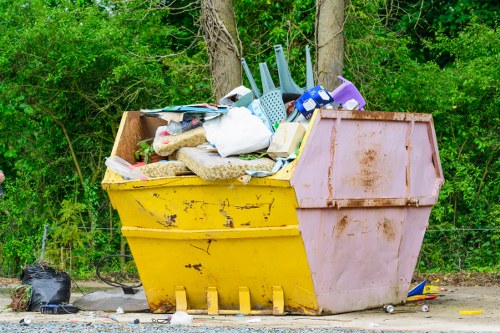
Trash collection plays a pivotal role in maintaining the cleanliness and sustainability of our communities. In today’s rapidly urbanizing world, the protocols governing rubbish clearances have evolved from rudimentary methods to highly efficient, technology-driven processes. Municipalities and private companies alike are investing in innovative systems to ensure waste is collected, segregated, and processed with minimal environmental impact. This continuous evolution not only enhances public health but also upholds the aesthetic integrity of neighborhoods. Efficient trash collection systems are the backbone of modern waste management, and understanding their intricacies is essential for achieving sustainable development.
The concept of rubbish clearance has taken a leap forward with the integration of advanced logistics and eco-friendly technologies. Operators are now using real-time data analytics and smart scheduling to optimize routes and minimize carbon footprints. Furthermore, environmental regulations have become more stringent, prompting waste management agencies to adopt greener practices. As a result, communities benefit from fewer disruptions, improved recycling rates, and a reduced volume of overall waste. These improvements not only save costs in the long run but also contribute to a more resilient and informed society where every homeowner is aware of their role in sustaining a clean environment.
Today, as cities expand and waste production increases, benefitting from effective trash collection and rubbish clearance services is more crucial than ever before. This introductory overview sets the stage for a detailed discussion on how trash collection initiatives are reshaping our approach to environmental management. By understanding the evolution, methodologies, and best practices of waste clearance, stakeholders—from government officials to local residents—can work hand-in-hand to support initiatives that drive tangible improvements in public health and urban planning.
Understanding Trash Collection
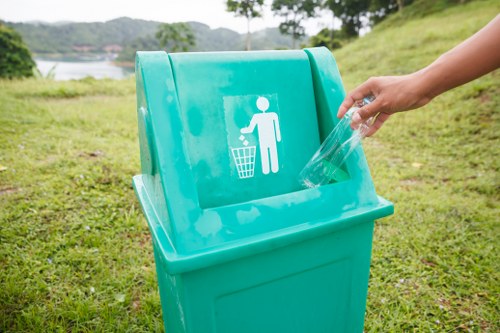
Trash collection encompasses a wide array of processes and strategies designed to remove waste from residential, commercial, and industrial areas. At its core, it involves the physical gathering of refuse and its transportation to designated disposal or recycling facilities. Modern waste management systems are designed to accommodate various types of waste, such as organic, recyclable, and hazardous materials, each requiring specialized handling. With an increasing focus on sustainability, many communities are transitioning away from traditional dump-based models to integrated systems that promote separation at the source. Effective rubbish clearances are instrumental in reducing landfill loads while simultaneously generating valuable resources from what would otherwise be discarded.
Across the globe, diverse methods of trash collection are implemented to address unique environmental and logistical challenges. For instance, curbside collection remains popular in many urban areas, whereas rural regions might rely on scheduled pickups or communal drop-off points. The process usually involves a series of carefully coordinated steps: collection, transportation, and processing. The success of these systems is largely dependent on meticulously planned scheduling, the adoption of modern vehicles, and community cooperation. Innovative practices, such as the use of sensor-equipped bins and GPS-tracking in trucks, have further elevated the efficiency and precision of these operations.
In addition to traditional collection methods, many regions are exploring the benefits of decentralized sorting facilities and dedicated recycling centers. This evolution in rubbish clearances enables waste to be processed locally, thereby cutting down on transit times and reducing emissions. Local governments often provide educational resources and materials to encourage residents to segregate their waste correctly, ensuring that recyclable materials are directed into appropriate channels. A successful waste management system is not solely defined by operational efficiency, but also by robust community participation and well-informed policy frameworks that create lasting environmental benefits.
Historical Overview and Modern Innovations
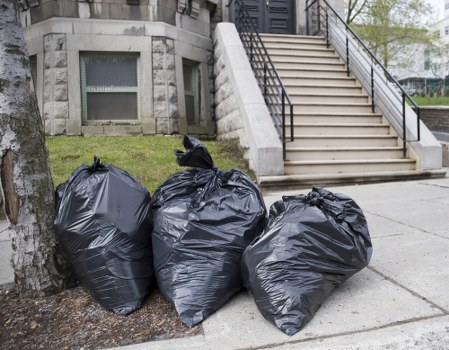
The evolution of trash collection and waste management is a fascinating journey from simple manual labor to high-tech automated systems. Historically, waste was simply discarded in open dumps or riverbanks, creating severe public health hazards and environmental degradation. During the industrial revolution, the rapid growth of cities forced authorities to rethink public sanitation. Early initiatives laid the groundwork for more formalized trash collection systems that eventually led to the development of municipal sanitation departments. These pioneers introduced systematic schedules and designated waste disposal sites, fundamentally changing how communities interacted with and managed waste.
Today, technology has revolutionized the methods employed in rubbish clearances. The introduction of modern collection vehicles equipped with cutting-edge sensors and communication systems has significantly reduced the operational costs and environmental footprint of waste management practices. Digital systems now continuously monitor collection routes and waste bin statuses, allowing for prompt adjustments and efficient resource allocation. Innovations such as composting and recycling facilities are integrated into the waste management cycle, transforming old models into dynamic, multi-faceted systems that align with global sustainability goals.
Modern innovations in trash collection extend far beyond mechanical improvements. The integration of data-driven decision-making and public-private partnerships has invigorated the industry, ushering in a new era of accountability and performance. For example, smart city initiatives now incorporate waste management as a key aspect of urban planning, where real-time monitoring leads to proactive maintenance and rapid response to public waste issues. With these advancements, communities are better equipped to handle the challenges of high-volume waste generation while also contributing to the overarching mission of protecting our planet for future generations.
Strategies for Effective Rubbish Clearances
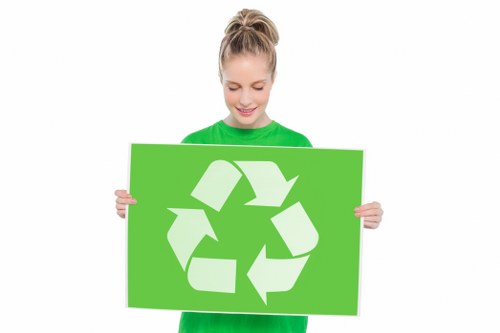
Effective rubbish clearances are built on the foundation of well-crafted strategies that integrate technology, logistics, and community engagement. One of the critical strategies involves optimizing route planning and scheduling to maximize efficiency. This approach not only minimizes fuel consumption and operational costs but also reduces the overall environmental impact of waste collection.
Efficient Route Planning
is a cornerstone of modern trash collection systems, where algorithms dynamically adjust collection routes based on real-time data. This proficiency ensures that each vehicle follows the optimal path, thereby reducing delays and preventing unnecessary emissions. Operators who adopt these strategies can achieve significant improvements in collection timeliness and service reliability.Another important aspect of enhanced rubbish clearance is community involvement and strict adherence to local safety guidelines. In many areas, local governments have initiated outreach programs that educate residents about the importance of proper waste segregation and recycling.
Safety and Regulations
are paramount, ensuring that both the waste management personnel and the community remain protected during collection activities. These programs also outline the dos and don’ts of waste disposal, providing clear instructions that differentiate between recyclable, hazardous, and organic waste. In some cases, detailed workshops and seminars are held to further emphasize safe practices and environmental stewardship.In addition to route optimization and community education, many cities implement robust monitoring systems and periodic audits of their rubbish clearance operations. These measures help inspectors track the efficiency of waste collection and identify bottlenecks in the process. An effective strategy may include:
- Comprehensive training for staff on the latest waste management techniques.
- Investments in eco-friendly vehicles and recycling technologies.
- Regular evaluation of collection routes using digital tracking systems.
- Strong community feedback mechanisms to continuously adjust services.
Advanced Techniques and Future Trends
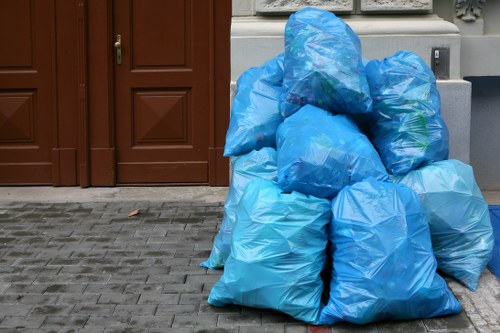
As urban centers continue to expand, advanced techniques in trash collection and rubbish clearances are emerging as crucial components of modern waste management. One of the most promising developments is the integration of smart bin technology, which employs sensors to monitor filling levels and optimize pickup times. This real-time data collection enables municipal services to quickly adjust their schedules, ensuring that bins are emptied before overflow occurs. Moreover, cutting-edge recycling processes now allow certain materials to be reprocessed on-site, converting waste into valuable resources immediately. These advanced techniques represent a proactive approach to handling waste, minimizing the environmental footprint while simultaneously reducing operational costs.
The future of trash collection is equally exciting, with emerging trends such as robotics and artificial intelligence promising to revolutionize the industry further. Automated vehicles and robotic arms are being tested for their efficiency in sorting and collecting waste, which could greatly reduce the reliance on manual labor. Artificial intelligence systems, on the other hand, predict waste generation patterns by analyzing historical data, seasonal trends, and even local events. Such innovation not only enhances the precision of rubbish clearance scheduling but also creates a safer work environment by limiting human exposure to hazardous materials. The rapid pace of technological advancement, coupled with an increased global focus on sustainability, ensures that trash collection services will become even more adaptive and responsive in the coming years.
In summary, embracing advanced techniques in trash collection is essential for cities striving for sustainability in the 21st century. By integrating the latest technological innovations and leveraging real-time data, waste management services can optimize both efficiency and environmental friendliness. This approach encourages local communities to actively participate in maintaining clean surroundings and motivates service providers to continuously improve their operational models. As we look ahead to future trends, it becomes clear that the evolution of rubbish clearances is not just about managing waste—it’s about transforming challenges into opportunities for innovation. Contact us today to learn more about how you can help support environmentally responsible waste management, and book your service now to experience the benefits firsthand.